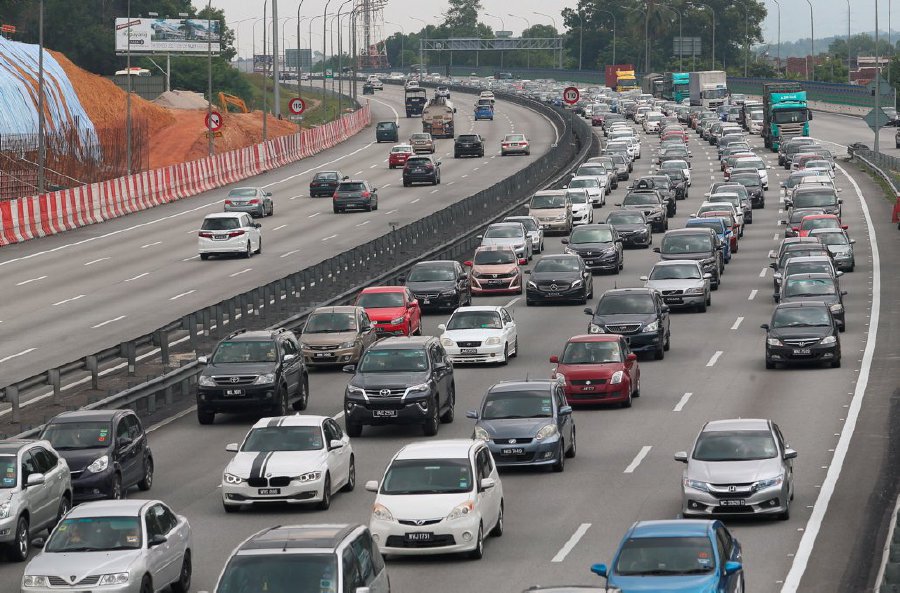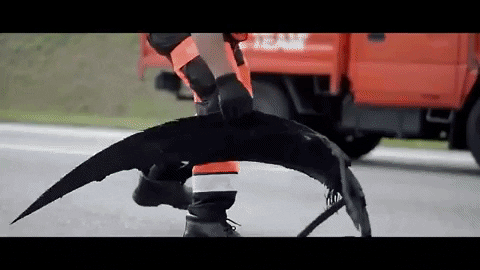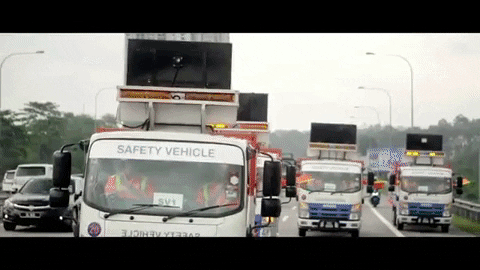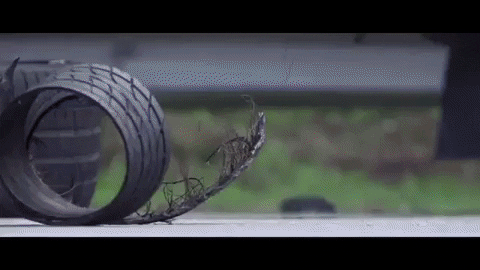Here's How Those "Annoying" Expressway Maintenance Vehicles Actually Help Keep You Safe
It's an important step in ensuring everyone returns home safely.
As we drive along busy highways on our daily commutes, our main focus is usually on getting to our destination as quickly as possible
So it's understandable that we get frustrated when we see the maintenance vehicles blocking the lanes and causing unexpected delays.
However, what we have to keep in mind is that these delays are for our own good, and actually play an important role in ensuring we all get to return home safely to our loved ones
One such example is the Safety Vehicles exercise, an initiative by PLUS Malaysia
Berhad, in collaboration with Edgenta Infrastructure Services. You may have
already experienced this if you're a frequent commuter on the PLUS North-South
Expressway.
1. The Safety Vehicles will block off the lanes, creating a temporary standstill in traffic in order to safely and more effectively carry out maintenance works on the expressway
2. The expressway maintenance vehicle will be about 200-300 metres ahead, carrying out maintenance works on the expressway
This could take place both during the daytime and nighttime. The type of work being carried out ranges from debris collection (such as burst tyres) to various maintenance works like cutting grass or fixing potholes.
3. The duration of the entire exercise varies depending on the type of work that needs to be done. On average, you will be at a standstill for approximately 15 to 30 minutes.
4. Once the work is completed, the safety vehicles will gradually release the traffic and traffic flow will resume as normal
Why is this Safety Vehicle exercise so important?
Carrying out maintenance works on the highway is actually really dangerous, both for the motorists and for the expressway maintenance workers. Imagine trying to remove a burst tyre from the road while other cars are zooming past right next to you! Yikes!
Without the Safety Vehicles blocking the lanes, all kinds of accidents can take place. For example, oncoming cars could run over the debris they're trying to clear from the expressway, crash while trying to avoid obstacles, or even worse, hit the workers themselves. In a worst case scenario, this could potentially lead to casualties.
In fact, a report by PLUS found that in the year 2018, there were 17,152 objects found on highways and 13,269 road accidents occurred, 1,566 of which were caused by obstacles on the road.
So instead of getting angry, complaining, or harrassing the workers who are just trying to keep you safe, here's what you should do during the Safety Vehicles exercise instead:
2. If your car is right behind one of the safety vehicles, keep a minimum distance of 50 metres when moving or 5 metres when stationary.
3. Keep calm, be patient, and cooperate with the workers. Your patience and understanding is greatly appreciated.






